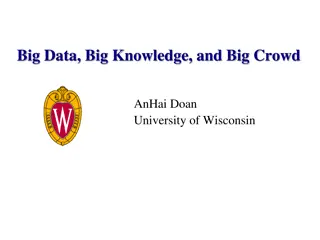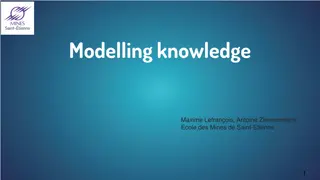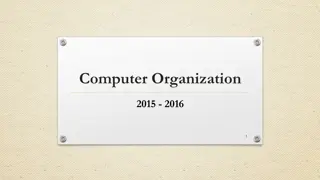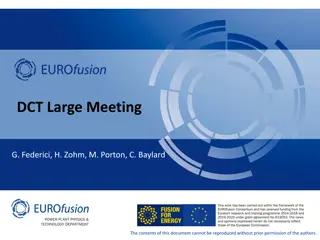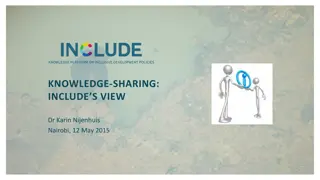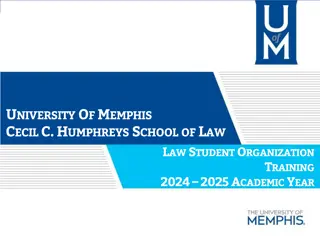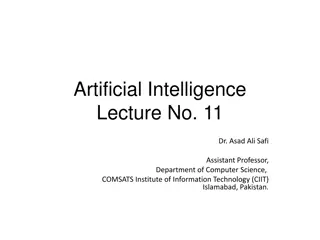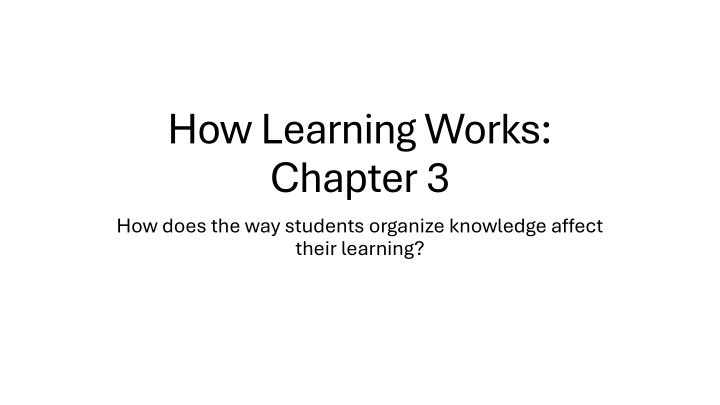
Impact of Knowledge Organization on Learning Strategies
Understanding how students organize knowledge is crucial for enhancing learning outcomes. This chapter explores how knowledge structures influence learning, critical thinking, and higher-order connections. Strategies are discussed to help learners develop more connected and meaningful ways of organizing information.
Download Presentation

Please find below an Image/Link to download the presentation.
The content on the website is provided AS IS for your information and personal use only. It may not be sold, licensed, or shared on other websites without obtaining consent from the author. If you encounter any issues during the download, it is possible that the publisher has removed the file from their server.
You are allowed to download the files provided on this website for personal or commercial use, subject to the condition that they are used lawfully. All files are the property of their respective owners.
The content on the website is provided AS IS for your information and personal use only. It may not be sold, licensed, or shared on other websites without obtaining consent from the author.
E N D
Presentation Transcript
How Learning Works: Chapter 3 How does the way students organize knowledge affect their learning?
Example Second year resident successfully complete 10 abdominal hysterectomies. The residents is assisting you for an abdominal hysterectomy for a patient with stage 4 endometriosis. The residents struggles throughout the case to identify the anatomy and key steps of the procedure. Both the attending and resident express frustration with the case. What do you think is happening here?
Principle How students organize knowledge influences how they learn and apply what they know
Objectives Understand knowledge structures and organization Understand the difference between superficial recall, critical thinking and higher order connections/organization Identify strategies to help learners develop more connected, meaningful, and flexible was of organizing their knowledge.
Knowledge Organization Focusing on arrangement and connection in an individuals mind as oppose to focusing on particular pieces of knowledge Knowledge can be organized in ways that either do or do not facilitate learning, performance, and retention Experiences influence knowledge organization - context matters and is not uniform
Novice vs Expert Anatomy -> step of surgery -> understanding complications -> ability to perform procedure in complex patient Novice tend to build sparse superficial knowledge Experts have rich, meaningful, knowledge structures
Experts; Versus Novices Knowledge organizations: The density of connections Novice linear connections able to perform a basic hysterectomy Expert denser connections can modify technique and procedure based on complex access and use knowledge more efficiently and effectively
Experts versus students Knowledge Structures: The Nature of Connections The better learners are able to connect information to meaning Prepping for surgery, meeting/following a patient, resident clinics.
Strategies to Reveal and Enhance Knowledge Organizations Analyze your own knowledge organization concept mapping Identify most appropriate knowledge organization Provide students with organizational structure -explicit organization of lecture/lab, explicitly highlight deep features Exposing students knowledge organization creating concept maps and sorting tasks.













